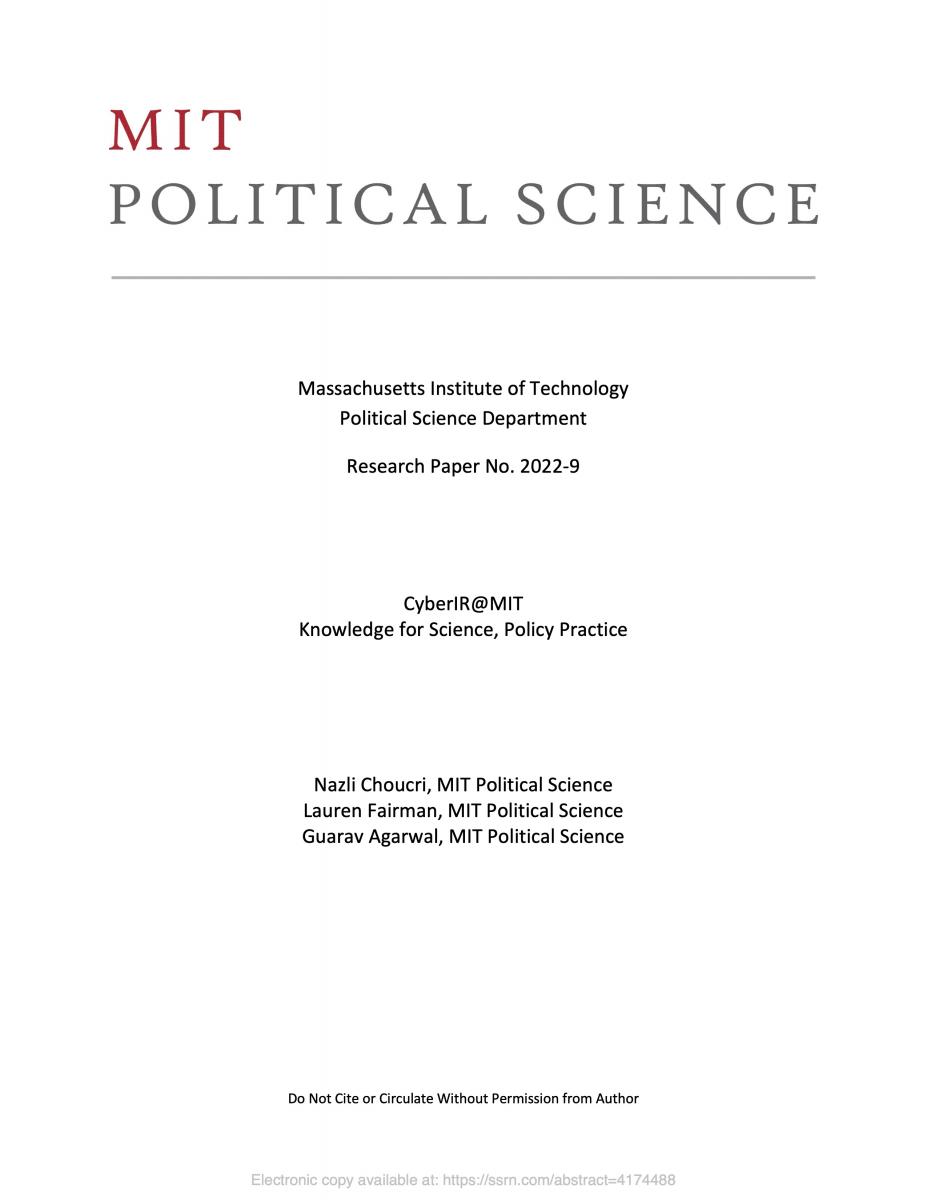URL:
Abstract:
In 2020, the United States and Estonia assigned the NATO Cooperative Cyber Defence Centre of Excellence to conduct a two-year project on 5G supply chain and network security. The project addresses the technical, strategic, legal, and policy issues of new-generation telecommunication infrastructure for NATO allies and close partners. This research report is the second publication of the project.
The report examines a potential NATO military movement scenario in 2030 and its associated interactions with 5G technology in relation to seaports and road transportation. Smart seaports and digitalised transportation corridors were chosen as the most likely use-case environments for 5G applications in the given time horizon. Aspects of military movement practicalities are considered along with the evolving technological landscape. Descriptions of the two use-case environments are followed by an analysis of related security risks and their mitigation measures.
The report aims to raise awareness among decision-makers about how the quick development of 5G in the commercial setting will interact with future military movements and the resultant strategic decisions the Alliance must make to avoid being caught off guard. It also examines the opportunities and related cyber threats of private networks dedicated to specific uses. The recommendations of the research are grouped into three categories: policies and standards, system security, and specific recommendations related to the use-cases.
Year:
2022



